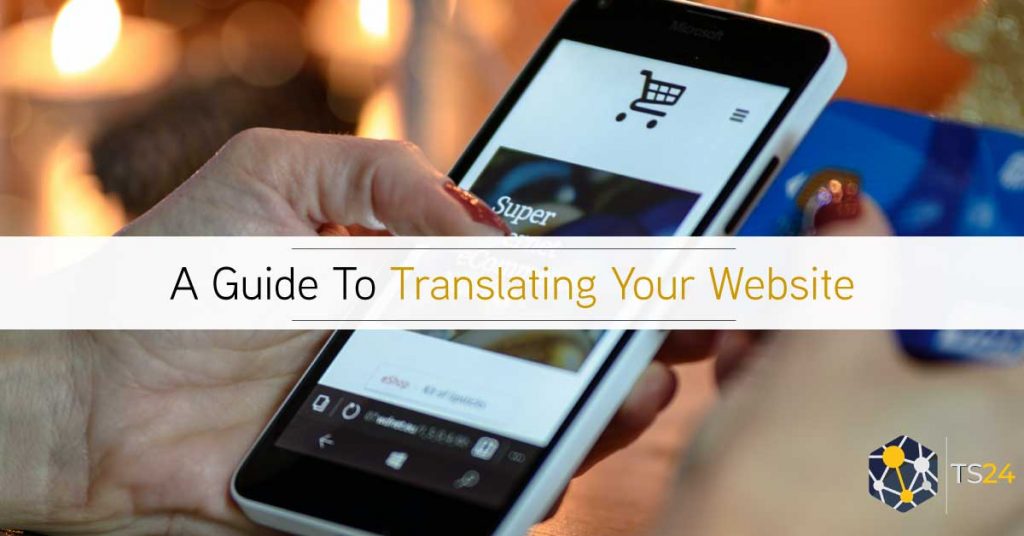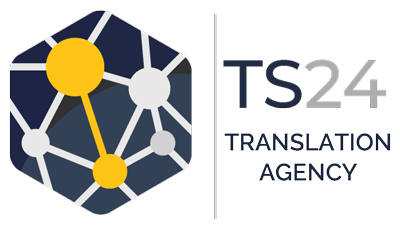Everything you need to know about translating and localising your website
Localising a website is a smart strategy to increase the traffic from international users. Consumers feel valued when a website translates every piece of information into their native languages. So as a business, which language should you localise your website into?
There are around 1.3 billion people who speak English, but that’s only 17% of the world’s population. English is not their primary language, and they prefer viewing the content in their native language.
Choosing languages based on your intended audience’s preferences would be best while localising your website. This post will discuss everything you should know to make your content more accessible. So, let’s get started.
Localising vs Translating a website
Before deciding which languages to go for, it’s essential to understand the difference between translating and localising a website.
A website translation simply means translating the copy from its original language to the user’s geographical language. If you have developed your website in English, as most people do, you might automatically integrate a website translation plug-in to translate the text into a user’s language.
However, it’s important to note that these plug-ins are unreliable because of their inaccuracies. This is why it is strongly recommended to opt for established and professional translation services.
Localising a website means translating everything on the website, including:
- Currency
- Time
- Calendar
- Measurements
We can conclude that translating is a part of localisation. And although translating is vital and plays a crucial role in helping you attract more clients to your website; localisation takes it one step further.
4 Factors to Consider When Translating Your Website
Let’s take a look at some factors to consider while localising your website.
1. Website Analytics
Many websites developing platforms provide a built-in analytics tool to monitor activities like:
- Traffic (organic and inorganic)
- Backlinks
- Errors
- Security
You can use this analytic tool to monitor the incoming traffic to your website. You can also use this tool to have a detailed report to showcase the location of your website’s visitors.
If you have translated your website into different languages, the analytic tool can also provide insight into which languages users browse your website. For example, “Data of location” and “Preferred language” can help you decide which languages you should choose to localise your website.
You can also go for the following third-party website analytics tools if you don’t want to use the developer’s built-in platform.
2. Competitors’ Website
You can visit your competitor’s website and observe how they have localised their online presence. That can give you an overview of which language to choose for website localisation.
If you keep learning from your competitors, you will stay one step ahead and can lure various customers.
However, many competitors hide their technical features like translation plug-ins because it discloses their business expansion. So, if you see your competitor has localised their website into a rare language, your business can also have a growth opportunity by doing the same.
3. Target Audience
Knowing your audience should be your first step while doing any kind of business. You should ideally know the following things about your audience:
- Language
- Location
- Age
When you know the native language, which your target audiences prefer when surfing the internet, you can easily localise your website through a professional translation service provider.
You must also focus on your target audience in terms of buying power. This factor determines the market size in a particular region because the more customers spend to buy a product, the more business is likely to flourish.
For example, if you sell high-end winter clothes, you should observe the buying trend of these products worldwide. Unfortunately, many customers who might be interested in winter clothing do not understand English. But what they do understand is that your website sells clothes for winter.
Since that particular audience can easily convert into customers, we suggest you localise your website according to their native language preference.
4. Website Design
Website design or UI/UX comes in parallel with localisation. You must ensure a competent team is ready to handle design modifications.
Since translating your copy allows international users to gather information from your website, the whole design is affected once the text is implemented into another language, such as Arabic or Japanese.
For example, English has 26 alphabets, while Japanese has 46 basic characters. When a professional translation service adapts the English copy, translators choose the best version of the translated text to sync with factors such as
• Context
• Design
• Word limit
Your translation service provider is responsible for keeping the certified translation readable in your chosen target language without changing the context and design. However, the whole website design might suffer if the copy length exceeds the limit or fails to reach the minimum character limit, for example.
Furthermore, some countries follow a specific theme to value their cultural heritage—for example, Chinese people like the theme of their palaces and lanterns in red and black colours. Therefore, you can localise your website in Chinese by adding their culture to the design.
Languages to consider for your Website Localisation
Lastly, check which languages are most common for website localisation. That’s a general determinator of whether you should localise your website to a particular language or not. Here are a few languages you should consider localising your website into:
● Spanish
● French
● German
● Arabic
● Simplified Chinese
These languages cover a vast area of the world and can give you global business exposure.
You can expand the scope of your target audience by localising your website in the top languages listed above. Your brand can get a diverse clientele by translating your website into a potential audience’s preferred language other than English.
One great advantage is that you might be less likely to get negative reviews from international customers just because your website doesn’t rely on unreliable translation apps to translate for them.
Conclusion
Translating a website into a user-preferred language is beneficial for SEO ranking, but that’s not enough. You should localise your website into other lucrative languages considering your target audience.
Your potential website visitors will become drawn to your business when you localise your website. That also helps your website gain more organic traffic from several regions as well as come across as credible.
Partnering with the right professional translation service to localise your website will give you global business exposure.




